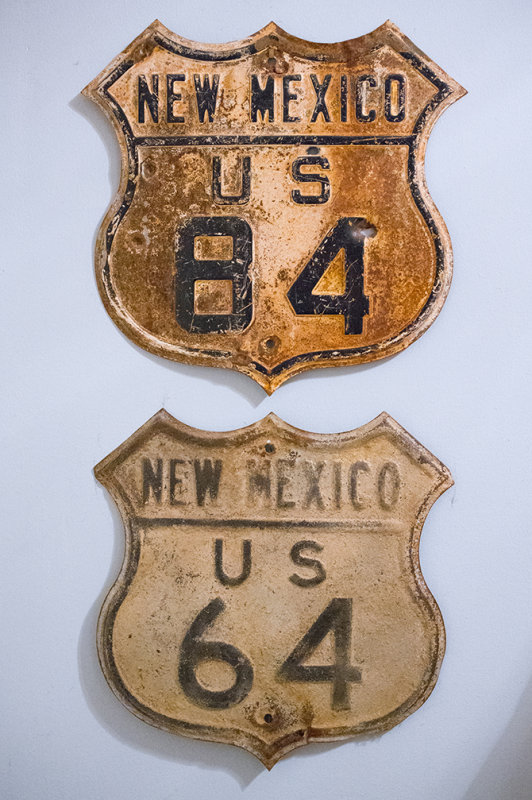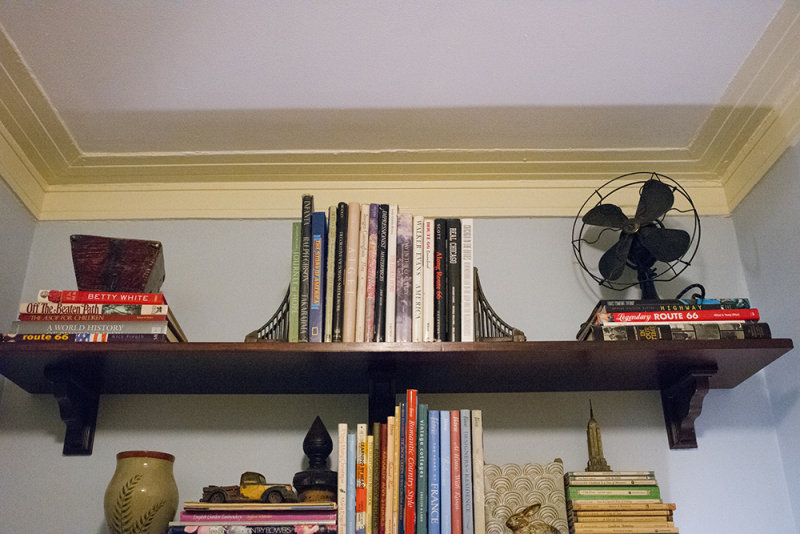S/N is all that counts when the sensor
must be underexposed (i.e. social photography in low light). S/N also determines the maximum analog dynamic range in very bright light.
The Leica M 10 has an excellent signal-to-noise ratio.
If you don't want to spend $6,900 on an M 10, the X-Pro 2 with the Fujinon 27/2.8 would be my recommendation. The new Fujinon f 2 lens line up (23, 35 and 50 mm) is excellent for social, documentary projects.
I am biased because I have used FUJIFILM X cameras since the first X100 units arrived in the US market.
The X-Pro 2 can be operated as a manual, optical finder, frame-line camera. No automation is forced on you. A FUJIFILM M-lens adaptor with raw-file correction profiles is available (but expensive). Less expensive M adaptors exist. I have never used a mechanical-focus lens on my X-Pro 1 or 2. But the built-in MF focusing aids do work well. Be aware, patience is required to learn how to set the X-Pro 2 up for minimalistic manual usage.
I do not recommend the first generation FUJIFILM X bodies (X100, X-Pro 1). The onboard computers are too slow so their manual focus aids are inferior. If an optical viewfinder is not important, the second generation X-Series bodies are affordable.
If a fixed-lens camera is acceptable, the X100S or 100T would be affordable alternatives with optical finders.
A gently used Leica M 242 or 262 (~$3,000-4,000) would be the best way to enjoy your M/LTM lenses. Thier S/N is very good.
Here are
data for the read noise vs ISO for these cameras. But this data only tells half of the story since it only compares the noise in S/N.
The signal levels increase as sensor area increases. So, here are some
data that are normalized for sensor area.
This chart is tricky to read. The vertical axis more or less represents technical, raw file IQ at high ISOs (S/N). The third vertical column from the left has data for APS-C sensors. The fifth column from the left has data for 24 x 36 mm sensors.
People do excellent social documentary work with DSLRs. In my opinion, DSLRs (even the smallest ones with small lenses) are not well-suited for social documentary work








